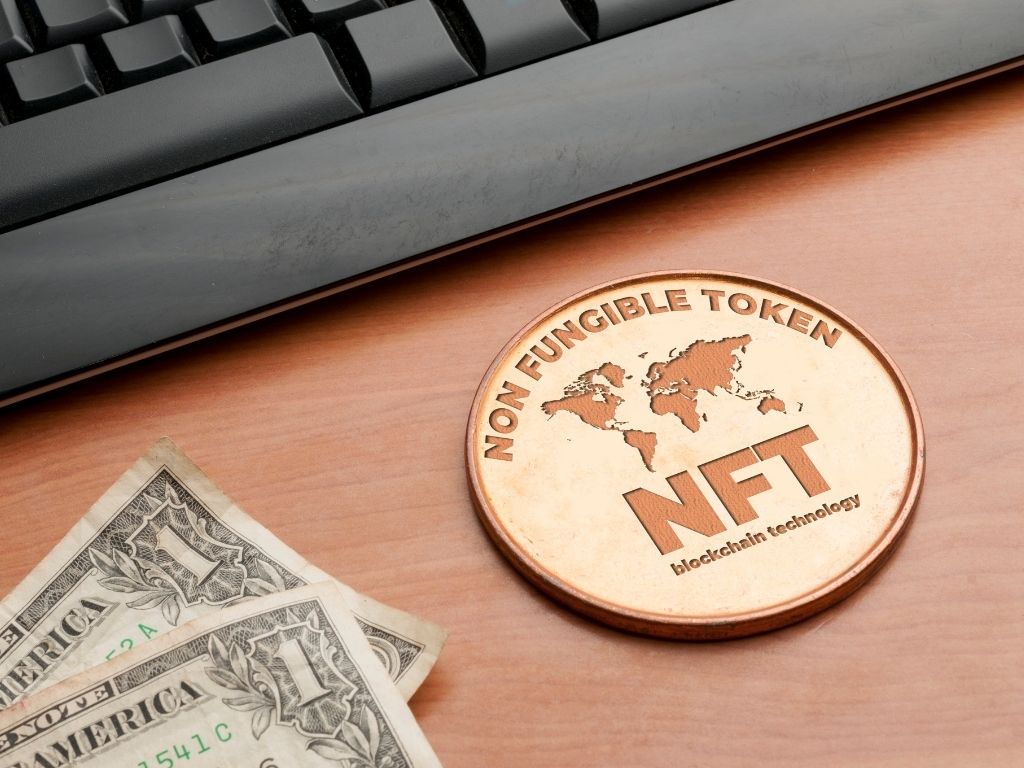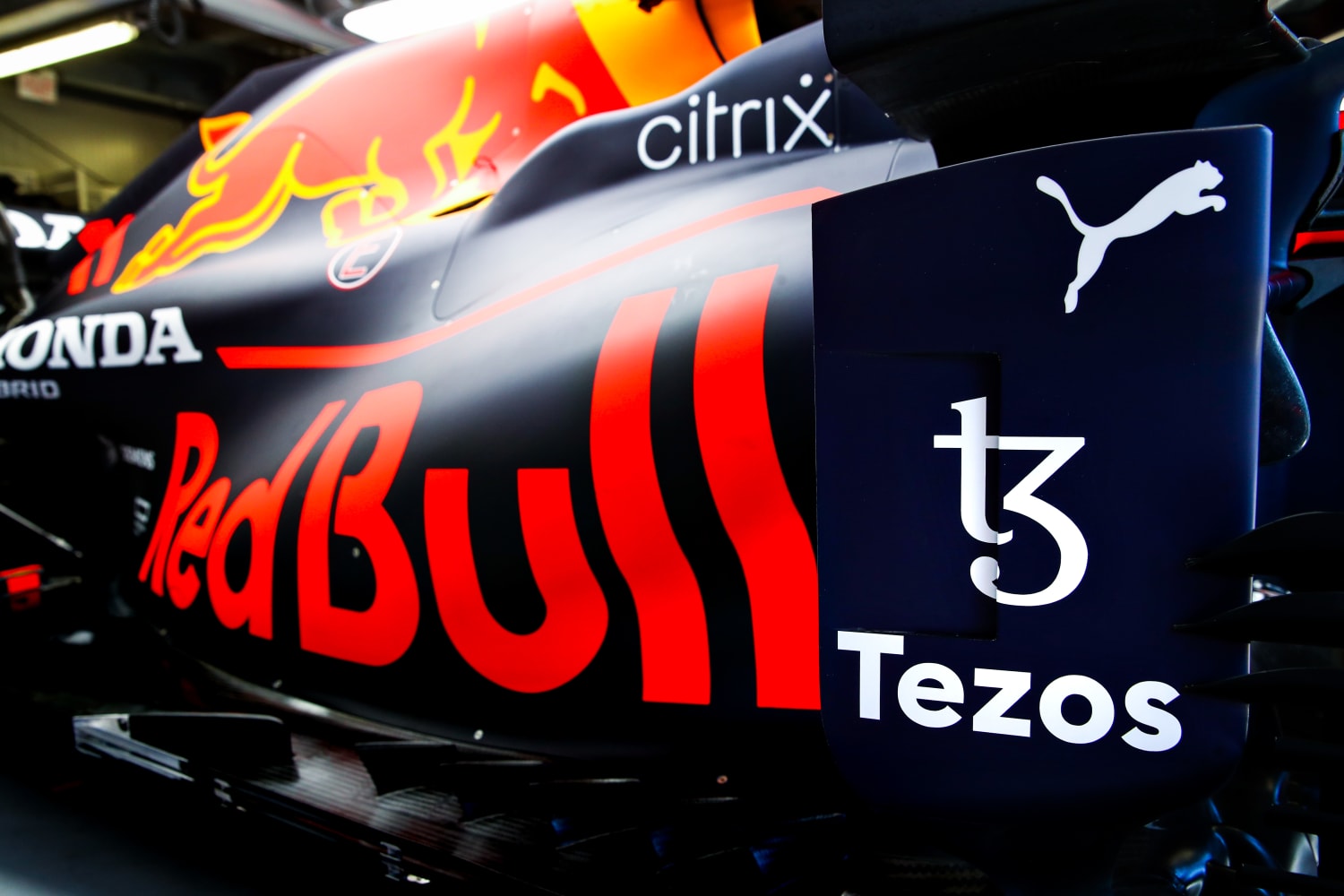How Metaverse Can Change The Way We Look At NFT Gaming?
A persistent myth in cryptocurrency holds that Vitalik Buterin founded Ethereum due to his warlock’s nerf.
In one version of the story, Vitalik stated, “I gladly played World of Warcraft from 2007 to 2010.” “Blizzard one day took away the damage element from my cherished warlock’s Siphon Life spell. That day, while I sobbed to sleep, I understood the horrors centralized services might bring. I quickly decided to stop.
The story serves as a general parable for the effectiveness of decentralization. A corporation like Blizzard Entertainment couldn’t nerf, or weaken, your Siphon Life even if it wanted to if a game skill or item were an immutable blockchain token, or what we would currently refer to as a non-fungible token (NFT). This raises the following potential outcome:
Non-fungible tokens can be read by the software of any game because they exist on open blockchains. Siphon Life might one day be usable in games other than World of Warcraft, such as Assassin’s Creed, Uncharted, or perhaps Tetris if it were an NFT that existed on a public blockchain.
Vitalik would have been around 16 years old when this incident occurred, and the anecdote is more of a winking joke than a serious design suggestion. However, some have interpreted it as a call for games to be created using immutable tokens to represent abilities or tools. During the 2017–2018 initial coin offering boom, several roughly World of Warcraft analogs offered to do just that, selling items like virtual swords and armor before the game was even developed.
However, the “non-fungible item” framework is facing more and more difficulties. Ember Hearts and Mirandus, two other recent blockchain NFT gaming startups, have abandoned the notion. Leaders in blockchain NFT gaming are generally not overly excited about the idea, and traditional gaming firms have little incentive to progress toward interoperability. The possibility of using a bow and arrow from Horizon: Zero Dawn in Counterstrike shortly is dwindling.
However, the growing popularity of the “metaverse” idea has created new opportunities. Pioneers increasingly see a bottom-up strategy where games emerge from NFT ecosystems rather than NFT interoperability between different games. For example, consider races amongst CryptoKitties or platform-jumping Bored Apes.
As a result, NFT-based game assets might turn into something even odd, while Vitalik’s warlock might not be safe from the nerf bat.
What justifies blockchain NFT gaming?
Elden Ring, a popular game with multiplayer capabilities that allow for item trading or selling, uses runes as its currency. These markets are dangerous, though. According to Carlos Perierra, an investor at Bitkraft Ventures, “I started getting YouTube advertising for rune marketplaces a week or two after Elden Ring was out.”
Perierra describes the complicated procedure for Elden Ring rune buyers: “you have to go into PVP [player versus player] mode, and the seller drops the runes for you.” These practices have been around for a long time, but to find them, you have to enter the grey market, which can be dishonest. So why not attempt to increase its scalability and efficiency?
The most basic justification for the potential of using blockchains to track virtual goods is as follows: Already, gamers are frequently exposed to the frantic rate at which items are acquired and exchanged. The trade and speculation of cosmetic things, such as weapon “skins,” amongst players is already a multimillion-dollar industry (yes, honestly). Only a few companies, like Valve, have taken steps to legitimate and influence the markets since the practice first evolved without the help of game developers.
NFTs could allow players to buy and sell cosmetics and other products much more easily and safely while assisting developers in keeping more of the value of their work. In games like Counterstrike: Global Offensive, where skin trading is permitted, Valve makes millions of dollars for itself and independent skin creators.
But largely because it owns the widely used digital games marketplace Steam, Valve can regulate and support that industry. Although items for other games are also sold through the portal, Valve takes a 30% cut of all such sales. These fees are one of the reasons why item dealers for games like Elden Ring or World of Warcraft frequently employ uncomfortable, unofficial workarounds, leaving players open to being taken advantage of by dishonest sellers.
Coindesk let us know their thoughts on how the #Metaverse could change the landscape for #NFT #gaming.
Do you think the Metaverse will change the way we game?https://t.co/Ib886TgiG9#Web3 #Blockchain #Defi @CoinDesk
— Caduceus (@Caduceus_CMP) May 30, 2022
The issue with “Pay to Win”
However, there is a compelling reason why these marketplaces aren’t recognized, as some participants openly support them while others strongly disagree. Players frequently view obtaining uncommon and strong things in multiplayer games as an accomplishment and view selling real-money products as cheating that diminishes their in-game achievements.
Making strong game goods into NFTs isn’t always a foregone conclusion. Games that formally support selling powerful things for real money are sometimes criticized as “pay to win.” This is especially true of items that make a character more powerful or competitive. Any game that used the model would become “pay to win.”
For similar design reasons, making talents or objects unchangeable even within a single game is probably impossible. Nowadays, many games feature multiplayer components, and character abilities frequently need to be changed to make the competition fairer. The popularity of World of Warcraft following Vitalik’s departure indicates that Blizzard got this and related modifications more or less right. While a youthful Vitalik was annoyed by losing power, nerfing Siphon Life made the game more enjoyable for other players.
Additionally, cross-platform transferability would cause designers to struggle with player experience and balance. An NFT hardly consistently defines the real utility of game goods; it is merely a symbol of possession. An NFT of a sword, for instance, might easily be changed from being reasonably powerful in one game to being utterly overwhelming in another. Even if everyone agrees that interoperability is completely OK, Pereira argues, “If I as the developer open the walled garden, it’s still quite complicated.” “It begins to get much harder and much faster.”
The graphical interface itself has difficulties as well. Many design programs, such as Unreal or Unity, can be used to develop 3D graphic assets for games. According to Joel Dietz, CEO, and founder of the MetaMetaverse platform, “These objects have proprietary data formats that are tied to specific rendering engines.” Making them cooperate is a difficult task. Dietz stated that one objective of MetaMetaverse is to make assets available for interoperability among engines.
If there was sufficient industry coordination, for example, around creating standards for interoperability, this complexity could be mitigated.
Ahmed Al-Balaghi, CEO and co-founder of Biconomy, which develops the infrastructure for blockchain NFT gaming, said, “that’s the Holy Grail; that’s the dream.” But who will develop those standards? The player who had the best chance to lead that endeavor may have blown its opportunity: Given all the backlash they’ve received, Al-Balaghi claims of the giant formerly known as Facebook, “Meta can’t lead on standards.”
Finding viable business models for NFT products, which fundamentally alters how many game publishers generate revenue, maybe the hardest challenge. From a commercial standpoint, “conventional developers are selling in-game things that players are delighted to buy, and they are not expecting a payback.” This might make tokenizing objects less appealing, which is a major factor in Al-claim Balaghi that broad interoperability of NFT gaming products is “quite far in the future.”
Many people have been chasing brand alliances with celebrities and designer deals during the past year or two. However, it’s unclear whether the incentives differ significantly for several recent Web 3-focused ventures. Making assets interoperable may not be attractive, given that one of the main objectives of those partnerships is to draw consumers to a specific platform.
According to Dietz, “Sandbox is paying a lot of individuals to build on Sandbox.” I thus bet they would have defensive licensing to prevent that even if the thing worked elsewhere. If you’re pushing interoperability, it’s difficult to fight against that.
Also, read – The NFT Gaming Blockchain was robbed of $600 million in Ether
Construct backward
The NFT series Loot, created in August 2021 by Dom Hoffman, the man behind the pre-TikTok video app Vine, is perhaps the one that has generated the most attention about NFTs acting as in-game objects. Each Loot NFT is nothing more than a list of various pieces of adventuring equipment, such as wands and cloaks. The general public was shocked to learn that people spent thousands of dollars for these blocks of black-and-white text, not least since it occurred during a generally insane NFT mania. Likewise, loot prices have decreased alongside other market prices.
But philosophically, Loot must rank among the most intriguing NFT initiatives. The Loot NFTs contain “no graphics or stats,” as Hoffman tweeted at the time because such are “deliberately excluded for others to interpret.” The general concept was to reverse the typical procedure by having one entity build the things while another built the game on top of them.
The Loot experiment hasn’t yet resulted in a noteworthy game, and it might ultimately serve more as a mission statement than a game platform. However, the fundamental concept was convincing and workable long before the current NFT or metaverse crazes.
Kitty races and hats. Something happened in late 2017 when CryptoKitties became the first major NFT craze. According to Mik Naayem, a chief business officer at Dapper Labs, “the major aha moment for us with CryptoKitties is that within a couple of months, we had 60 different apps that produced things for the Kitties.” Naayem is alluding to KittyRace, a basic racing game with a two-dimensional track where owners could compete with their Kitties. In Naayem’s opinion, that is a considerably more effective approach for NFTs in video games than merely tokenizing in-game goods.
“It’s probably not going to happen,” he remarked, “to take anything from World of Warcraft and put it in Need for Speed.” However, game developers will begin creating around an asset as soon as there is a sizable enough community because there is an audience.
It has happened with the most well-liked NFTs in recent years. The makers of Bored Ape Yacht Club, Yuga Labs, launched Otherside as a virtual setting in April. It is said that Yuga will allow importing not only BAYCs but also CryptoPunks, Meebits, and other collections as playable avatars. Because the game is being developed by the same people that created the NFTs, this is separate from what happened with CryptoKitties. But it proves the fundamental idea that NFT “things” can support games rather than being developed for a game.
Another distinction between the early, modest-sized CryptoKitties add-ons and Otherside is the latter’s status as a complete, immersive “metaverse.” The discussion of blockchain NFT gaming has significantly changed due to the emergence of such virtual worlds over the previous four or five years. Metaverses might provide a more simplified, albeit less radical, vision of NFT gaming, much as Otherside is more vertically integrated than KittyRaces.
The children’s game Roblox, in which a sizable area is populated with minigames, the majority of which were developed by players, is the most significant model, according to Charles Smith, CEO of the metaverse project Nifty Island.
Smith claims that Roblox is an attempt to become the YouTube of gaming. “At any given time, individual Roblox games have more DAUs [daily active users] than the majority of [high-end game] releases. The other studios still behave in a vintage Hollywood manner, but the future belongs to the tiny developers who will create focused experiences in a communal setting.
That would make limited interoperability very simple as one controlling body could establish the conditions for how things function within the larger world and transfer between games. Another important aspect is that games are being developed across various blockchain ecosystems. Since technological compatibility on the back end is still mostly unknown, it is probably more practical to limit things to one chain for the time being.
In the short run, according to Al-Balaghi, “having different experiences within one ecosystem will see more success.” “Spin up is simpler, and market entry is simpler.” But he said that if consumers demand it, those closed worlds might develop into a platform for more openness. “Developers need to be persuaded to modify the code to be compatible. Do the defenders of these partially open systems desire total transparency?
While researching this narrative, I heard very little else that was more detailed than that. But it also reflects a more general opinion: Although there is huge theoretical potential for leveraging blockchain assets in NFT gaming, the main challenge is creating engaging games. Except for “play to earn” games that prioritize money over gameplay, no blockchain game has taken off among consumers.
The impending bear market may provide a more conducive atmosphere for concentrating on substance, investigating novel NFT-based models, and luring people interested in more than just seeing numbers rise.
Stay informed with daily updates from Blockchain Magazine on Google News. Click here to follow us and mark as favorite: [Blockchain Magazine on Google News].
Get Blockchain Insights In Inbox
Stay ahead of the curve with expert analysis and market updates.
latest from tech
Disclaimer: Any post shared by a third-party agency are sponsored and Blockchain Magazine has no views on any such posts. The views and opinions expressed in this post are those of the clients and do not necessarily reflect the official policy or position of Blockchain Magazine. The information provided in this post is for informational purposes only and should not be considered as financial, investment, or professional advice. Blockchain Magazine does not endorse or promote any specific products, services, or companies mentioned in this posts. Readers are encouraged to conduct their own research and consult with a qualified professional before making any financial decisions. The featured image used is just a creative depiction of the title and it does not intend to hurt sentiments of any person or institution. If it hurts anyone sentiments, please do not hesitate to reach out to Blockchain Magazine.

 Bitcoin
Bitcoin  Ethereum
Ethereum  XRP
XRP  Tether
Tether  Solana
Solana  Dogecoin
Dogecoin  USDC
USDC  Cardano
Cardano  Lido Staked Ether
Lido Staked Ether  TRON
TRON  Chainlink
Chainlink  Avalanche
Avalanche  Wrapped stETH
Wrapped stETH  Stellar
Stellar  Wrapped Bitcoin
Wrapped Bitcoin  Sui
Sui  Hedera
Hedera  Toncoin
Toncoin  Shiba Inu
Shiba Inu  WETH
WETH  Polkadot
Polkadot  Parkcoin
Parkcoin  LEO Token
LEO Token  Litecoin
Litecoin  Bitget Token
Bitget Token  Bitcoin Cash
Bitcoin Cash  Uniswap
Uniswap  Official Trump
Official Trump  Hyperliquid
Hyperliquid  Wrapped eETH
Wrapped eETH  Pepe
Pepe  USDS
USDS  NEAR Protocol
NEAR Protocol  Ethena USDe
Ethena USDe  Aave
Aave  Aptos
Aptos  Internet Computer
Internet Computer  Ondo
Ondo  WhiteBIT Coin
WhiteBIT Coin  Ethereum Classic
Ethereum Classic  POL (ex-MATIC)
POL (ex-MATIC)  Monero
Monero  Cronos
Cronos  Mantle
Mantle  Algorand
Algorand  OKB
OKB  Dai
Dai  Render
Render 




